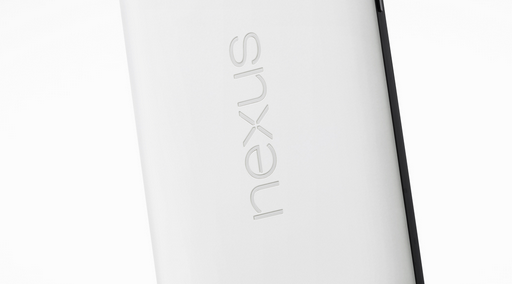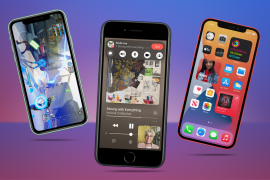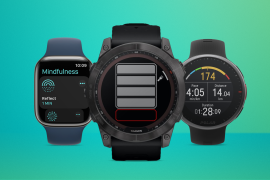The latest Nexus phones’ specs have leaked
LG and Huawei supposedly delivering all-metal mobiles

Leaks must be infectious: on top of all the Galaxy Note 5 and S6 Edge Plus rumours, the specs for the two new Nexus phones due later this year have both been revealed.
Reliable leakster @OnLeaks took to Twitter to unveil the details – and they are suitably worthy of attention.
Like a breakfast in Texas, the Nexus specs have got us drooling: LG’s Nexus 5 will allegedly be shelled out in metal with a 5.2in display, front-facing speakers, a rear fingerprint sensor and USB type-C connectivity.
As for Huawei’s Nexus 6 – well, if the rumours are true it too will be clad in a metal body, with a whopper of a screen at 5.7in (though smaller than the previous 5.96in Nexus 6), again with frontward speakers, a rearward fingerprint sensor and USB type-C.

With the former apparently 9.8mm thick and the latter 8.5mm, both are pretty sleek (though not S6, 6.8mm sleek), but it’s the decision to use metal shells which is of real interest.
Previously the domain of HTC, the adoption of metal as the main material by both LG and Huawei suggests an attempt to take the premium fight straight to the likes of the Apple iPhone 6 Plus, which has a largely anodised aluminium body.
And what of those fingerprint sensors? These are now quite standard on high-end smartphones, as on the Galaxy S6 and iPhone 6, but LG has previously steered clear, suggesting the addition might have something to do with the upcoming Android M‘s drive towards biometric security features.
Still, placing fingerprint sensors on the rear of handsets, like HTC did with the One Max, has previously left us feeling the need to be ambidextrous – here’s hoping LG and Huawei haven’t been quite so reckless with the new Nexus(es).
The rise of USB type-C › Google wants it to go both ways
Finally, the switch to USB type-C on both devices suggests a broader move towards the interface as the new cross-platform standard. Its greatest benefit, of course, is its reversibility: like the Lightning cable for Apple devices, that means no more fumbling around on the Nexus as we regularly did when perplexed by microUSB. Oh, and it’ll also deliver quicker data-transfer speeds.
Of course, none of the above has been confirmed by Google, so we’ll have to hold our breath until the California behemoth’s usual Autumn announcement of its latest handsets to see whether the two very similar phones match up to the leaked specs.



